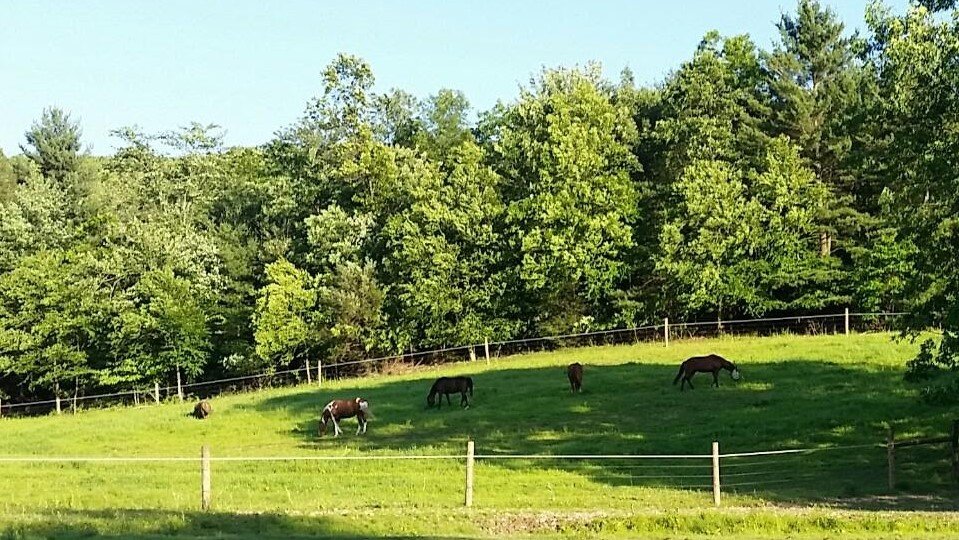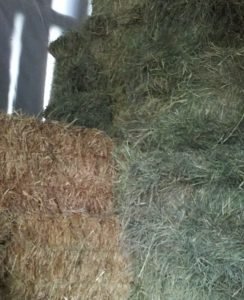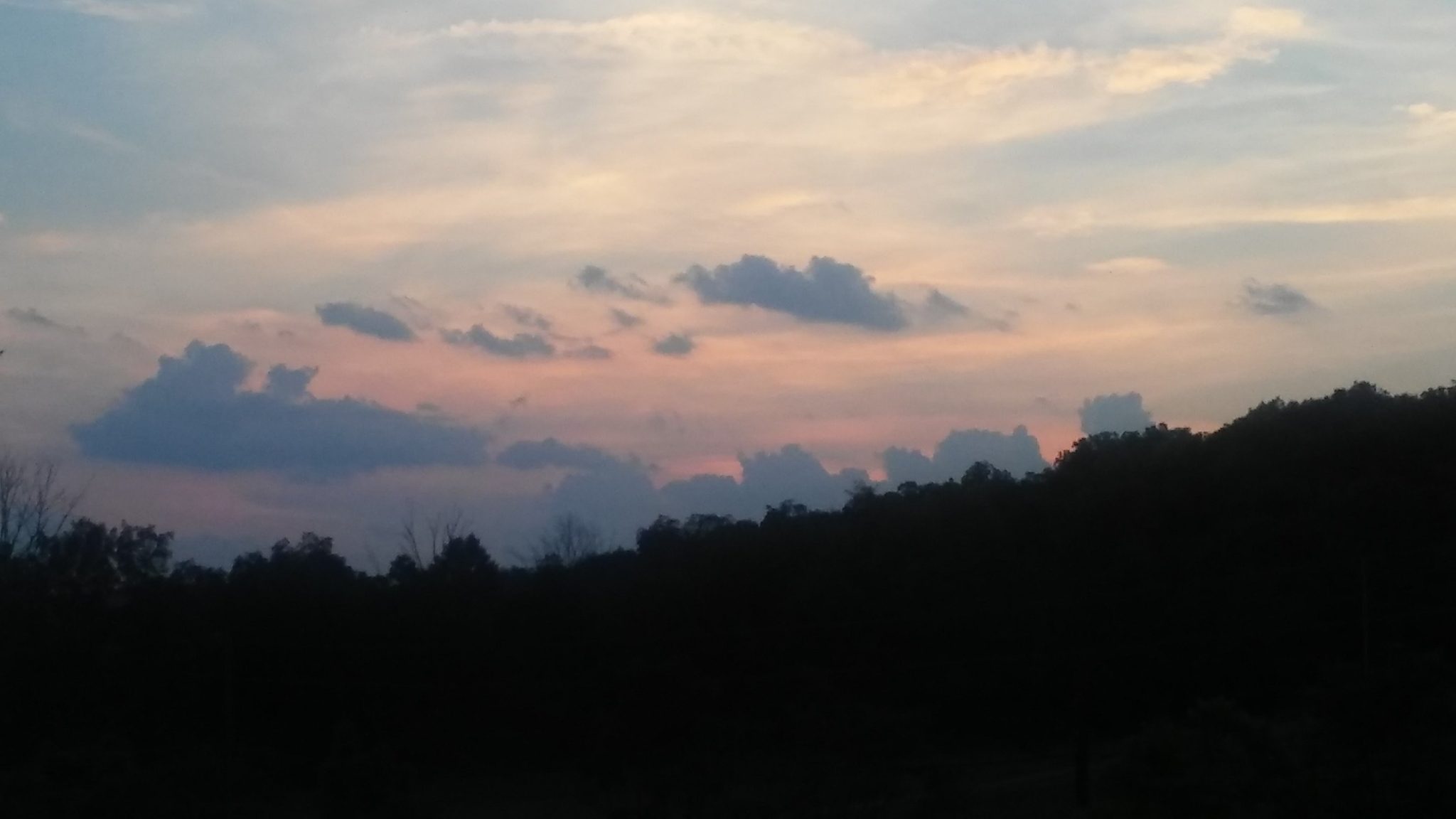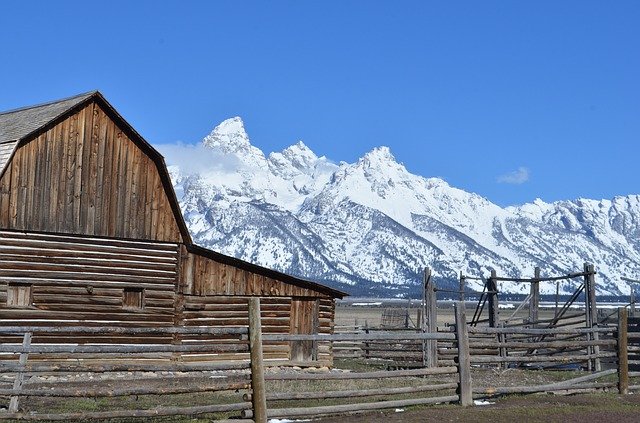

1. Hose your horse off as part of your post-ride care routine
Hosing off your horse with cold water does two things. First, it cleans the sweat off the horse’s coat. Leaving sweat on the horse’s coat can cause nasty sun bleaching over the sweat marks. Secondly, the cold water can sooth tired and achy muscles, particularly on the legs. If you have a horse in heavy work, you may want to consider icing their legs with more than just cold water. But, for most people, cold water from a water hose for 5 to 10 minutes does just fine to help prevent stiffness and stocking up after a ride, especially if the horse is turned out immediately afterwards so they can stretch their legs and keep the blood flowing.
Tipoftheday – No ice boots? Cold hose your horse’s legs for 10 minutes and turn out immediately.
Tweet
This leads us to our next point:
2. Turn your horse out as much as possible
Even if it is just in a small paddock, the less time your horse spends in a stall the better. It is also far healthier for them mentally if they are turned out with a herd. The ideal environment would be a herd of four or more in a pasture three acres or larger. Obviously not everyone has opportunity to do that. A 60ft dirt paddock with a buddy and a few scattered piles of hay to mimic grazing is still far better than a 12×12 stall. I know some show barns don’t like to turn horses out with a buddy due to the risk of injury. Yes, in a herd there will be a certain amount of nicks and scrapes. It happens. In my experience though, a healthy, well-balanced herd of four or more usually doesn’t produce that many injuries once they settle into their pecking order. Taking care of a healthy, well balanced herd, is easier and far cheaper than taking care of a horse penned alone.
3. Take care to check for ticks and injuries when you are brushing your horse
Daily grooming does more than just keep your horse clean. It allows you to look them over for any new bumps or bruises. The more familiar you are with your horse’s body, the quicker you will notice when something is off. Is there more heat in his leg than there is normally? Is there swelling on a joint? Is his heart rate elevated? Is he breathing faster or slower than normal? All of these little signs could point to a larger problem and no matter what the problem is, the faster is it found the easier it is to treat. It is also extremely important to check your horse for ticks as there has been an increase in Lyme in the northeastern United States. You should know if you live in an area where ticks are common. Ticks like to hide everywhere, but especially under the mane and on the dock of the tail, so pay careful attention to these areas. The subject of brushing brings us to our next point:
4. Use brushes made from natural fibers
This one isn’t about going green or being fancy shmancy and fashionable. Natural fibers do actually make a difference in your horse’s coat. Fibers such as coco fibers, boar bristles, and horse hair. I use a nice coco fiber brush after I curry to get the rest of the dirt and mud out of the coat. I follow-up with a finishing brush that has a boar bristle center and a soft horse hair edge. It removes the rest of dirt and distributes oils in the coat to create shine. These two brushes and a nice black rubber curry are all I really use. The cheap plastic brushes that are all over the discount bins at local tack stores strip the oils from the coat. Those oils are what make the coat water proof and protect your horse from the elements. This can lead to your horse needing extra blanketing, especially for older horses. Being proactive in the care of your horse’s coat really pays off in the long run.
5. Don’t use shampoo when bathing your horse unless necessary
As discussed in number 4, the oils in a horse’s coat are necessary for waterproofing. But those oils are also what give the coat that shine that we all love. Every time you wash your horse with shampoo you are not just washing away dirt, but also all of those oils that have built up to protect the horse’s skin and hair. This can lead to dry flakey skin and a dull coat which can, in turn, lead to itchiness and rubbing. It turns into a vicious cycle. So, ditch the fancy medicated shampoos and stick to hosing the horse off with plain water after a ride. With a good diet and decent brushes it has literally been two years since I last bathed my horses with shampoo and they are shinier than ever.
6. Feed free choice loose salt
Salt is an important part of the diet. It is an electrolyte and has the sodium necessary to balance the equine diet. Salt blocks are not recommended as horses aren’t very efficient lickers so they may not get their necessary daily intake if they only have a block.
7. Feed a high forage diet

Forage is the most important part of an equine diet. I’m sure many have heard this by now as it is becoming more commonly accepted throughout the equine industry, but it bears repeating. Horses were built to forage 24/7. The first choice is, of course, grass pasture. But, barring that, a nice medium quality grass hay like timothy, orchard grass, or Bermuda is great for most horses. To low quality and, obviously, the horse won’t get enough nutrients. But there is also such a thing as too high quality. This is the same reason alfalfa hay should never be feed on its own as the base forage of any diet. Too high-quality forage fills the horse up too fast. This can cause bloating and it means they need to eat a lot less per day to meet their nutritional requirements. This can leave their stomachs empty for several hours a day which leads to a build of acid which can lead to irritability and even colic. So, a nice dust-free, mold-free, medium quality grass hay should be the staple of every non-pasture diet. If your horse eats too fast, a slow feed net should be used until he learns that the food will not run out and he doesn’t have to bolt it down like it’s the last food he’s every going to see.
8. Supplement Magnesium
I recommend supplementing magnesium year-round. Magnesium is a mineral that is so often overlooked in a horse’s diet. It’s not just for those stereotypical “crazy mares” (although it really does help them too). Most horses get a little loopy come spring due to a magnesium deficiency in the fast-growing spring grasses. This is just more noticeable in moody mares. It’s not a behavior thing. It’s an actual chemical imbalance. Magnesium affects nerve and muscle function and the absorption of calcium in the body. Many horses require 10-30% more magnesium for light to moderate exercise.
#Horsehealthtip – Magnesium isn’t just for mares. All horses can be affected by magnesium deficiency.
Tweet
A straight magnesium oxide supplement (a cattle supplement called MagOx) is generally best, not one of the expensive horse magnesium supplements that is so diluted you have to feed an egregious amount to get results. It’s the kind that comes in a brown bag from a feed mill, not the kind that is mass-produced with all kinds of additives and weird fillers.
9. Use pasture rotation
This is especially important if you have a smaller amount of land. Rotating the grazing through smaller sections of land allows the grass to rest and recover, keeping the quality of the grazing higher. It also helps spread out the manure so there isn’t a build-up of parasites (as long as you drag the pastures and spread it out or remove it completely). Taking care of your pastures is vitally important as they are your biggest asset to your horse’s long term health and well being.
10. Only deworm on an as needed basis
This is another one that’s been said before but bears repeating. The old method of deworming on a schedule is gone. Don’t do it. You’re only contributing to the increasing immunity of parasites to the very limited number of medications available on the market. Use fecal testing and judge from there what treatment is necessary. We only have a limited number of deworming medications, so we must take care not to overuse them. If we continue to overuse them as we have been doing, we will build an artificial immunity in the environment and they will no longer work at all, making to long term care and maintenance of our horses extremely difficult.









